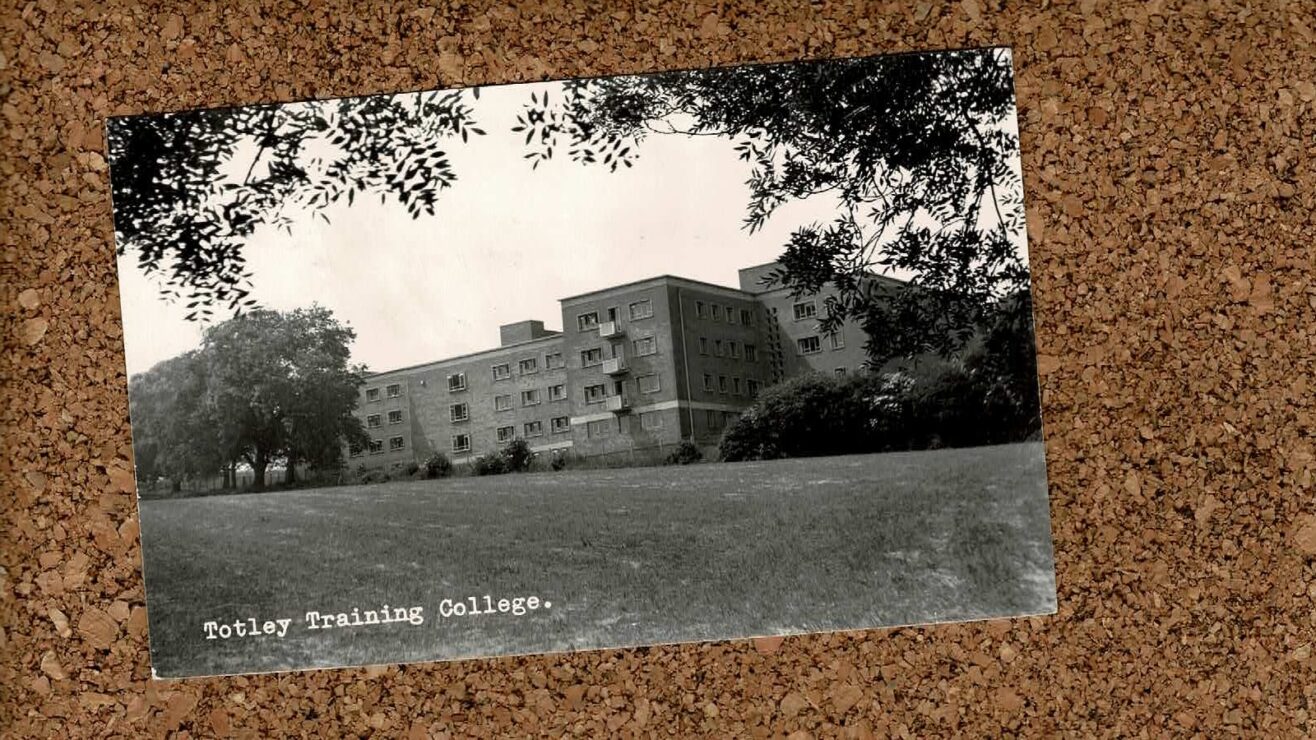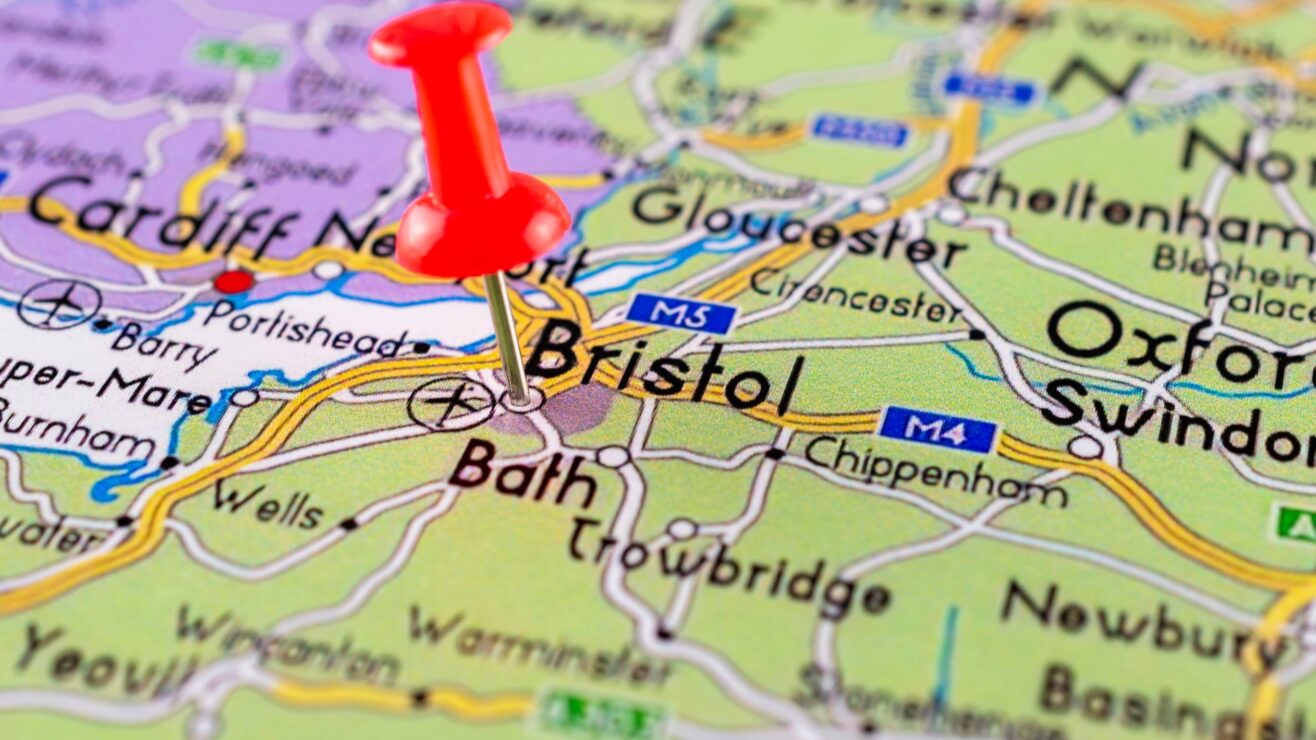My last blog looking at raw international student numbers and institutions’ exposure to a government clampdown on the sector’s ability recruit had one major unspoken assumption: that such a clampdown would hit the sector proportionately and roughly evenly.
However, we know from Amber Rudd’s speech to Conservative Party conference a few weeks ago that the Home Office’s fixation is instead with ‘low quality’ providers and that a differentiated approach is on the government’s mind. To quote the speech:
We need to look at whether this one size fits all approach really is right for the hundreds of different universities, providing thousands of different courses across the country… So our consultation will ask what more can we do to support our best universities – and those that stick to the rules – to attract the best talent … while looking at tougher rules for students on lower quality courses.
Commentators have inferred from these words that the Home Office might decide to use the new Teaching Excellence Framework as the measure of “best universities” and “lower quality” courses. Were this to be taken forward, it would make the TEF a much more powerful stick than had been previously imagined. International students are worth far more to university finances than the small inflationary increase in domestic students’ fees that will come with successful TEF awards.
Rudd and the Home Office might turn to the TEF as their chosen measure of quality. In fact it would be rather bizarre if they did not given it is the most obvious new government initiative to discern the quality of universities. But they might find themselves surprised by results and the institutions that they would end up clamping down on.
Nick Hillman is quoted today in the Guardian warning that the Home Office “know very little about universities” and is “rigidly elitist”, and the same piece begins to highlight unintended consequences that might be unpalatable even to them. The same article features several vice chancellors suggesting that the entire idea might completely unworkable and challengeable in court, and the backlash to Rudd’s speech from the sector and even fellow members of the cabinet suggest the whole affair may end up killing the policy before it can even be implemented.
We do not yet know what cut-off points the department might pick for their “tougher rules”, or what such “tougher rules” might be. The most cataclysmic speculation so far is that a TEF rating of Bronze (or even a ‘low Silver’) could lead to restrictions on recruitment. Until the Home Office consultation is released, we can simply speculate.
All those unknowns, (and indeed unknown-unknowns) considered, which institutions might be most vulnerable to a TEF-led international recruitment clampdown?
Warning signs
I’ve used 2014-15 HESA data on international student numbers (totals, both undergraduate and postgraduate, and defining international as ‘non EU’), with the Times Higher Education ‘mock TEF’, published back in June. Tweaks have been made to the TEF since then, and I am aware that some institutions’ own private modelling has challenged THE’s findings. Nonetheless, the table is sufficient enough to give us a clear indication of which institutions might consider themselves ‘at risk’.
We now know from the latest published plans for the TEF that the spread of the Gold, Silver and Bronze awards will be roughly 20%-60%-20%. Below is a list of the bottom third of THE’s mock TEF table, roughly equivalent to the anticipated Bronze and ‘low-Silver’ awards. Institutions with less than 1000 international students have been removed, to highlight those at the greatest risk.
| Benchmarked TEF rank (Times Higher Ed) | University | Total international students | International students % |
|---|---|---|---|
| 81 | London School of Economics and Political Science | 5150 | 49% |
| 82 | Goldsmiths, University of London | 1330 | 16% |
| 83 | King’s College London | 5060 | 18% |
| 84 | University of Stirling | 1400 | 13% |
| 85 | Ulster University | 1145 | 4% |
| 87 | University of Bristol | 3875 | 18% |
| 89 | University of Edinburgh | 6745 | 23% |
| 91 | SOAS, University of London | 1800 | 30% |
| 93 | University of Aberdeen | 1515 | 11% |
| 94 | Bournemouth University | 1635 | 9% |
| 95 | University of Strathclyde | 2175 | 10% |
| 96 | Edinburgh Napier University | 1160 | 9% |
| 99 | University of South Wales | 2300 | 19% |
| 100 | Glasgow Caledonian University | 1565 | 9% |
| 100 | University of Salford | 2120 | 11% |
| 103 | University of Central Lancashire | 2245 | 9% |
| 104 | Cardiff Metropolitan University | 4340 | 32% |
| 105 | University of Bedfordshire | 2665 | 17% |
| 109 | London South Bank University | 1240 | 7% |
| 110 | University of Westminster | 3990 | 19% |
| 113 | Leeds Beckett University | 1630 | 6% |
| 115 | University of West London | 1285 | 12% |
| 116 | University of Wolverhampton | 1245 | 7% |
| 118 | University of East London | 1220 | 8% |
The first striking find is the presence of four Russell Group universities in the list: LSE, King’s College London, Bristol, and Edinburgh. London institutions are also predominant in the list, emphasising how the most attractive market for international student recruitment is also the hardest place in which to achieve high student satisfaction results; the ultimate paradox for the government to consider. As in my last analysis, the majority of institutions in the list are in areas that voted to Remain in the EU: London, Scotland, and also two massive pools of international students based in Cardiff.
From the Home Office’s point of view, there seems an added futility here. There are more than twice as many international students at the top 20% institutions of THE’s mock TEF than there are at the bottom 20%. Only 36,900 international students study at institutions that are projected for a Bronze TEF award, and several institutions in that category are more oriented to serving their local communities (and so not on the above list), such as Abertay, Cumbria, Bolton, and Suffolk.
The full list of institutions by their mock-TEF ranking and their international student numbers can be found here.














I’d be intrigued to know how the Home Office would approach treating Cranfield. They definitely won’t be in TEF2 because they just do PG study…
Thanks David, you beat me to the question!